Recent Articles
Popular Makes
Body Types
How Today’s EVs Overcome Range Anxiety

weightofconventionalcaradobe
Range anxiety isn’t new, except for its catchy, easily understood name. Now, instead of having the old-time fear of running out of gas, modern motorists are concerned about running out of electricity. If they do so, it could spell the beginning of a bad experience, but the good news is, there are multiple ways today’s EVs can help their owners overcome range anxiety.
Back before the first Tesla was introduced to the American market, many motorists experienced “range anxiety” when a glance at their fuel gauge told them that their car was running out of gas. If they were a long way from the nearest gas station, plenty of anxiety ensued. Hardly rare, that scenario happened to motorists crossing the wide-open Texas plains or on an expressway at rush hour in a big city. I was once in a car that ran out of gas in the crowded entrance line to a drive-in movie (so you can see how old this problem is). While that embarrassment was solved by a short walk to a filling station and a three-gallon can of gas, running out of electricity in an EV is a far more difficult problem to surmount. The major reason for that is you can’t get a three-gallon can of electricity on the typical street corner. That makes the EV strain of range anxiety a much more virulent form. But happily, there are ways to prevent this anxiety.
What Is Range Anxiety?
Range anxiety isn’t new, except for its catchy, easily understood name. Now, instead of having the old-time fear of running out of gas, modern motorists are concerned about running out of electricity. If they do so, it could spell the beginning of a bad experience, but the good news is, there are multiple ways today’s EVs can help their owners overcome range anxiety.
Back before the first Tesla was introduced to the American market, many motorists experienced “range anxiety” when a glance at their fuel gauge told them that their car was running out of gas. If they were a long way from the nearest gas station, plenty of anxiety ensued. Hardly rare, that scenario happened to motorists crossing the wide-open Texas plains or on an expressway at rush hour in a big city. I was once in a car that ran out of gas in the crowded entrance line to a drive-in movie (so you can see how old this problem is). While that embarrassment was solved by a short walk to a filling station and a three-gallon can of gas, running out of electricity in an EV is a far more difficult problem to surmount. The major reason for that is you can’t get a three-gallon can of electricity on the typical street corner. That makes the EV strain of range anxiety a much more virulent form. But happily, there are ways to prevent this anxiety.
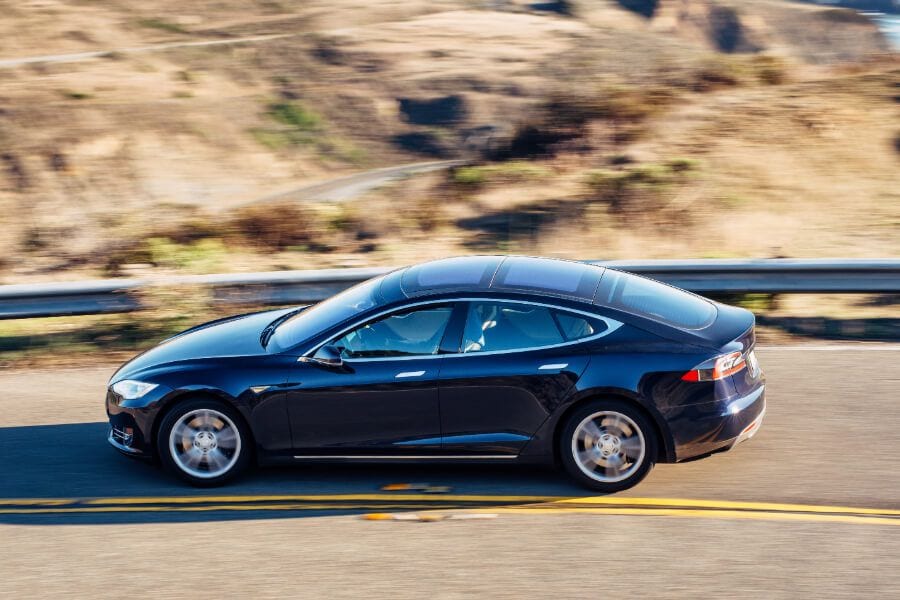
What Harm Does Range Anxiety Do?
Most people own vehicles for the convenience they offer. Cars allow people to come and go as they please, when they please. People who have range anxiety fear that they won’t be able to do that in an EV. Not only are they frightened of sitting by the side of the road having depleted their vehicle’s electricity, they are also worried about the hassle and wait times associated with electric-vehicle battery charging. First, they see their horizons limited by limited range. Second, they are concerned about the lengths they must go to charge the vehicle and the time it will take to do so. These fears have contributed to the fact that though EVs are in many ways absolutely marvelous machines, their sales represent less than five percent of the new light-vehicle market. But, as we noted, relief is on the way.
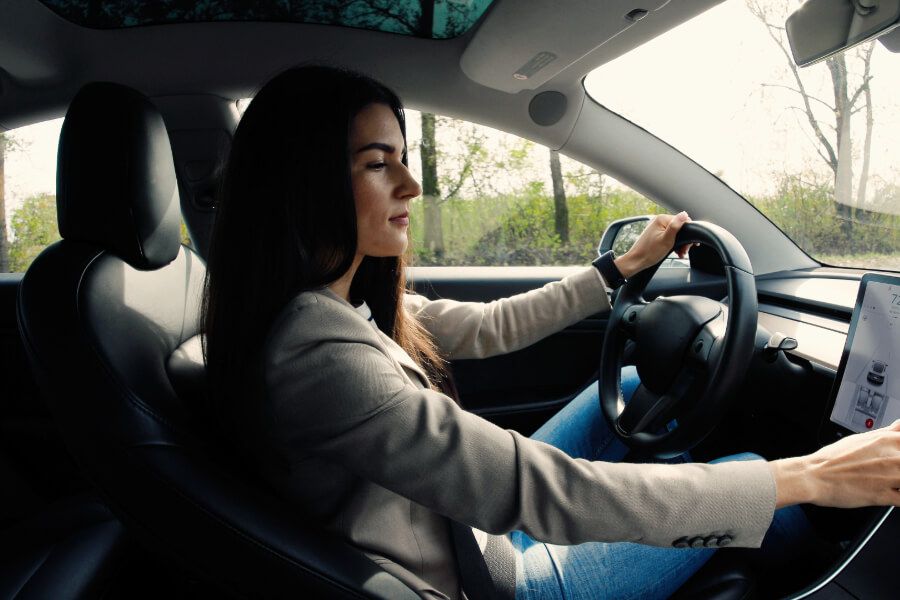
How Do Today’s EVs Overcome Range Anxiety?
EV carmakers and the companies and governmental entities that support EVs know they have to find solutions to the range-anxiety headache if they are to see widespread adoption of electric vehicles. They recognize the issues, and they are working hard to provide fixes. In fact many of the fixes have already arrived on the market, and more are just over the horizon. In many ways, the solutions are obvious: If consumers want more range, build EVs with more range. But doing that in a vehicle with a desirable price is proving to be challenging. Certainly not impossible but challenging. But the solutions to range anxiety go well beyond building electric vehicles with more battery capacity, though that is certainly a big part of the solution.

More Range
If a carmaker wanted to add range to a conventional vehicle, one solution is very simple — increase the size of the fuel tank. Adding capacity for three more gallons of fuel might well increase range by close to 100 miles. The manufacturing costs to do that are very minimal. Further, as we said, drivers can replenish the full range of the conventional car in a matter of minutes while they buy a soft drink and a bag of chips. If an EV maker wants to add range, the process is almost equally simple — add battery capacity — but adding 100 miles of range to an EV involves much greater expense. Instead of a hollow fuel vessel, it requires the installation of more battery cells. Not only do those added battery cells have to be packaged into the vehicle; they are also very expensive. But the good news is, technology promises to continue to lower the cost of battery power while at the same time making it easier to package. So while many of the first EVs to market had ranges of well less than 100 miles, most recently introduced EVs have ranges of 200 miles are more. This has been achieved with better battery technology and better electric propulsion technology. Progress!
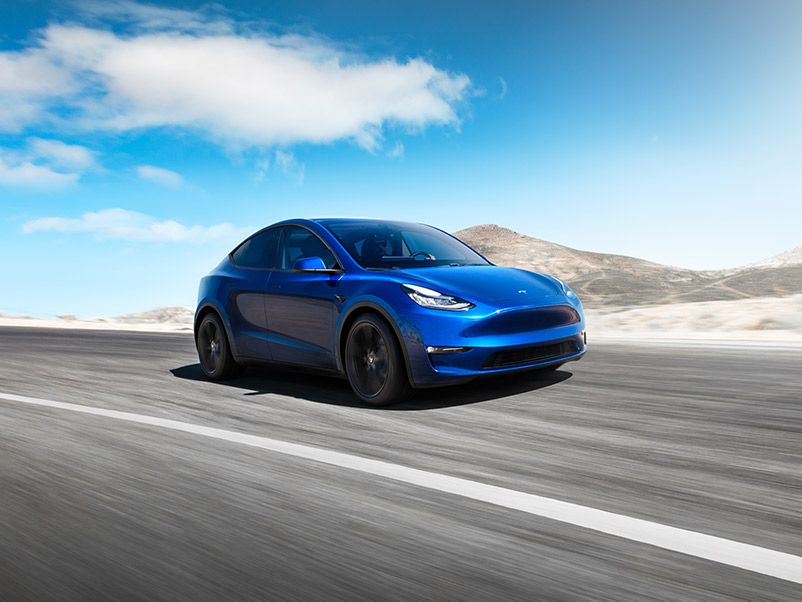
Photo by Tesla
Quicker Charging Times
Beyond adding battery capacity, another way to achieve better “virtual range” is by decreasing the time it takes to replenish battery power. Using high-voltage DC fast-charger technology, significant progress is being made in that arena. While the typical EV with about 200-250 miles of range can be brought from a zero charge to a full charge in about 10 hours using a 240-volt Level 2 charger, many of those same vehicles can be brought from a low charge to an 80-percent charge in less than 45 minutes with DC fast-charging. Some manufacturers claim their newest vehicles can do it in less than 30 minutes. Increases in the speed-to-charge or, in other words, in miles of range added per minute, bring EVs ever-closer to being on par with gasoline-powered vehicles. If EV drivers can recharge their vehicle’s batteries quickly and conveniently, the capacity of their battery packs becomes less an issue. And that can lower the cost of EVs significantly. These advances are happening as we speak, and it is expected that newer designs will have even faster charge times.
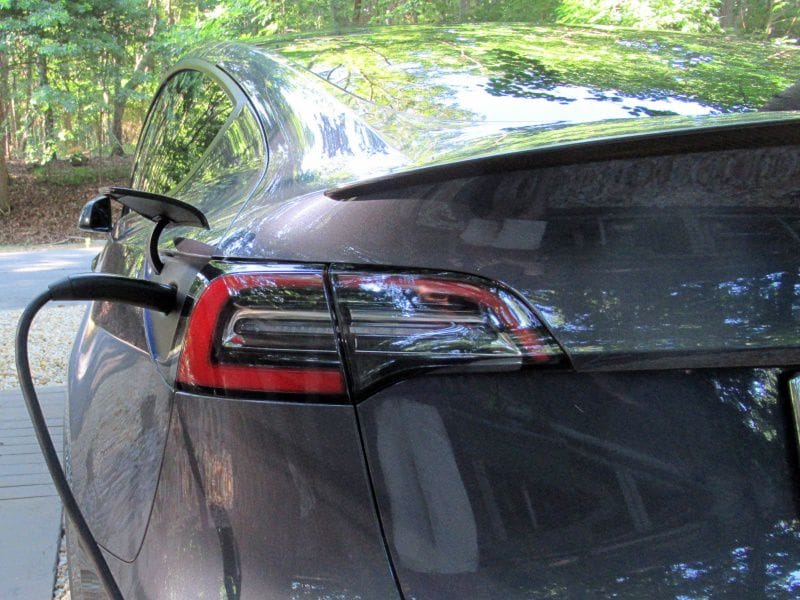
Photo by Brady Holt
More Public & Semi-Public Chargers
Other advances that can crush range anxiety revolve around the public and semi-public vehicle-charging infrastructure. Until now, most experts agreed that the United States had far too few public charging stations per capita. Further, many of the existing public charging stations are Level 2 chargers, which are extremely slow versus DC fast-chargers. But as sales of EVs heat up, construction of public charging stations is increasing, and so is construction of charging stations at office parks, shopping centers, apartment complexes, and local government-operated parking lots. Since an EV’s ability to fast-charge is useless if a fast-charger is unavailable or not operating properly, much more needs to be done on this, but heavy lifting is currently underway.
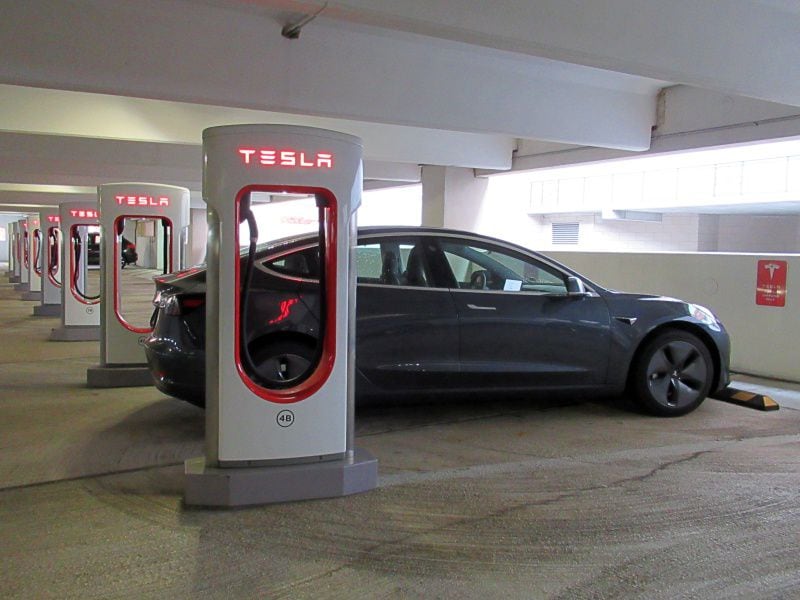
Photo by Brady Holt
Charging & Navigation Apps
Since vehicle chargers are not as conspicuous as gas stations are, it is critical that EV drivers know where to find them. And beyond just finding them, it is also useful to know if they are in-use and when they might be ready to accept another vehicle. To facilitate this companies like Chargepoint that are in the midst of the EV-support infrastructure have created apps that answer these questions and more. They pinpoint charger locations, identify the type of chargers available and show if they are in-use. Further, when connected a financial instrument like a credit card, they can facilitate payment. Google Maps and Apple Maps also help EV drivers find charger locations.
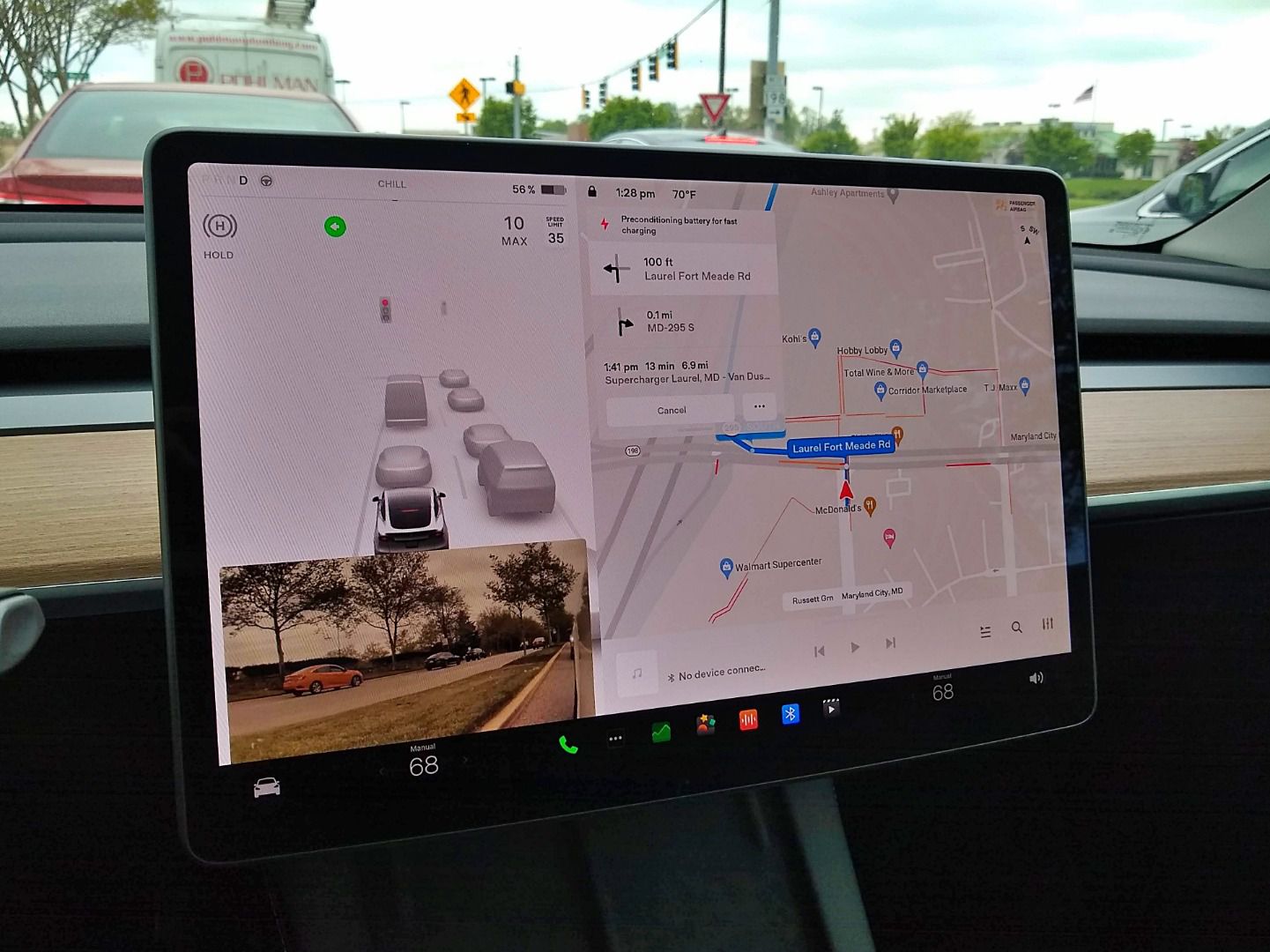
Photo by Brady Holt
Solving Range Anxiety
Has range anxiety been conquered? No. Some consumers still have justifiable concerns about the range limitations of EVs. But progress is being made each minute toward eradicating range anxiety. EVs have many, many advantages over conventional internal-combustion engine cars. Soon, advancing technology, economies of scale, and sheer momentum will help solve the lingering issues. When that happens, all drivers will feel comfortable experiencing all the joys EVs have to offer.
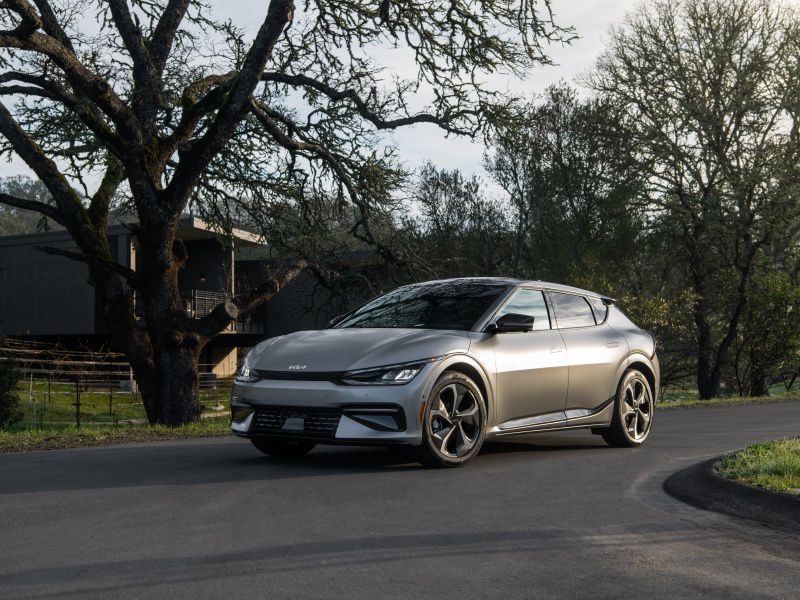
Photo by Kia